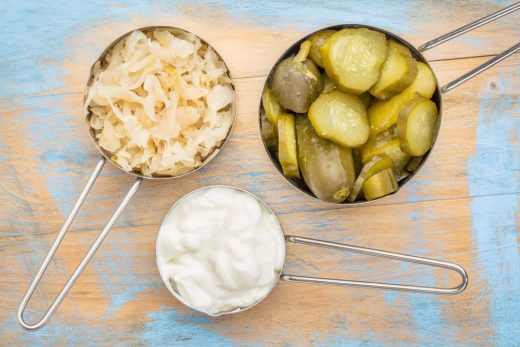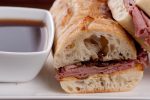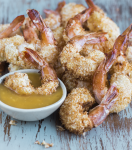
Of all the supplements we take each day, one of the most useful of these are probiotics. Probiotics refer to the good bacteria that we need in our gut in order to maintain a healthy digestive tract. For some people, the balance between good and bacteria is all out of whack, so by taking probiotics we can tip this back into our favor. If you’re wondering how long does it take to work, it will depend on your symptoms.
Most obvious symptoms include digestive disturbances such as gas and diarrhea and in extreme circumstances, irritable bowel disease. However, the far reaching effects can also cause issues with your skin, mood and immune system.
Here are the best ways to easily incorporate more probiotics into your diet.
1. Milk kefir
Milk kefir is like yoghurt, though, is a little runny, however, shares many of the same characteristics to yoghurt, like the sour taste. However, kefir has a number of benefits over yoghurt, the biggest of which being the fact that it contains up to five times more types of probiotics than yoghurt. You can even make it at home using fermented kefir grains and milk.
2. Sauerkraut
Sauerkraut, typically made from fermented cabbage, contains many organic acids which can increase the growth of good bacteria in your gut. Like milk kefir, you can make sauerkraut easily at home, using cabbage and salt. You can also ferment other vegetables in this way, such as carrots and beets.
3. Kimchi
Kimchi is a more eastern take on sauerkraut and you can do it in much the same way. Traditionally, it is made from fermented Chinese cabbage, however you also need to add other ingredients such as radish, carrots, garlic, ginger and red pepper flakes.
4. Raw cheese
It might seem counterintuitive to add cheese to a list of foods that will improve your gut health, considering how much of an effect it can have on sensitive stomachs. However, if you include raw cheese, that is, cheese that hasn’t been pasteurized, in your diet, you’ll be increasing the amount of probiotics you’re consuming. If you want to go one step further, use goat’s and sheep’s milk cheeses for a higher level of probiotic intake.
5. Miso
If you’re hooked on Japanese food, then you’ve more than likely already tried miso before, such as in a soup. Miso is a Japanese staple that is made from fermented soy beans, rice or barley and is a great source of probiotics. If you aren’t keen on the taste of miso soup, you can instead mix the paste with other ingredients like sesame oil for glazes, or include it in a salad or mayonnaise. It’s also really good when you caramelize it into a butter.
If you want to improve your digestive health, then consider incorporating more probiotics into your diet. There are many sources of probiotics that you can include in your meals, so use our guide to determine which is right for you. The best way to start is picking a food that you can easily incorporate into most meals and go from there.


